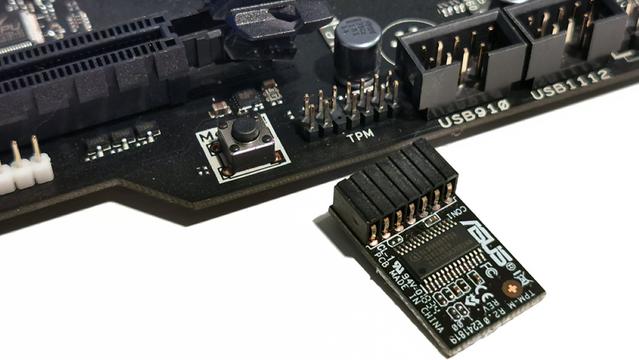Microsoft has released new conditions for installing the Windows 11 operating system, and one of the most important of these conditions is the necessity of providing a safety segment called TPM in the motherboard and activating the safe boot feature.
These two elements are considered basic conditions that must be available for the promotion to the new version.
What is the TPM chip and its purpose
The availability of the TPM chip is a new condition for installing Windows 11 that was not previously found at the upgrade, yet perhaps your computer contains this slide, especially if it is modern..But it comes defrovae by default, as the slide was included in the motherboards for the first time in 2014.

It is more specificly a built -in chip, either in the motherboard of the computer or is added separately to the CPU.It is considered to be resistant to penetration, which makes it very difficult for anyone to steal any of the data in which it is stored or the encryption keys it creates.
This means mainly that the TPM slice is an element that the operating system can trust in order to be safe.It is considered like a fire -resistant locking box in your home, as it stores important documents.
This allows safety features that can help protect the computer such as encryption of storage drives, or encryption login using fingerprints or face recognition.
There are many features that are enhanced by the presence of the TPM chip is the Secure Boot..Which prevents the operation of malware when starting the computer by allowing the operating programs that were encrypted only when running.
Also read: Windows 11..The most prominent motherboard that supports the TPM chip
Activate the TPM chip and the safe boot feature to install Windows 11
Before starting, download and install the PC Health Check application, which tells you if your computer is qualified to upgrade.
And if there is a TPM chip that is not enabled, or if the safe boot feature is turned off.So follow the following steps:
Also read: How to install Windows 11 in unintended computers
